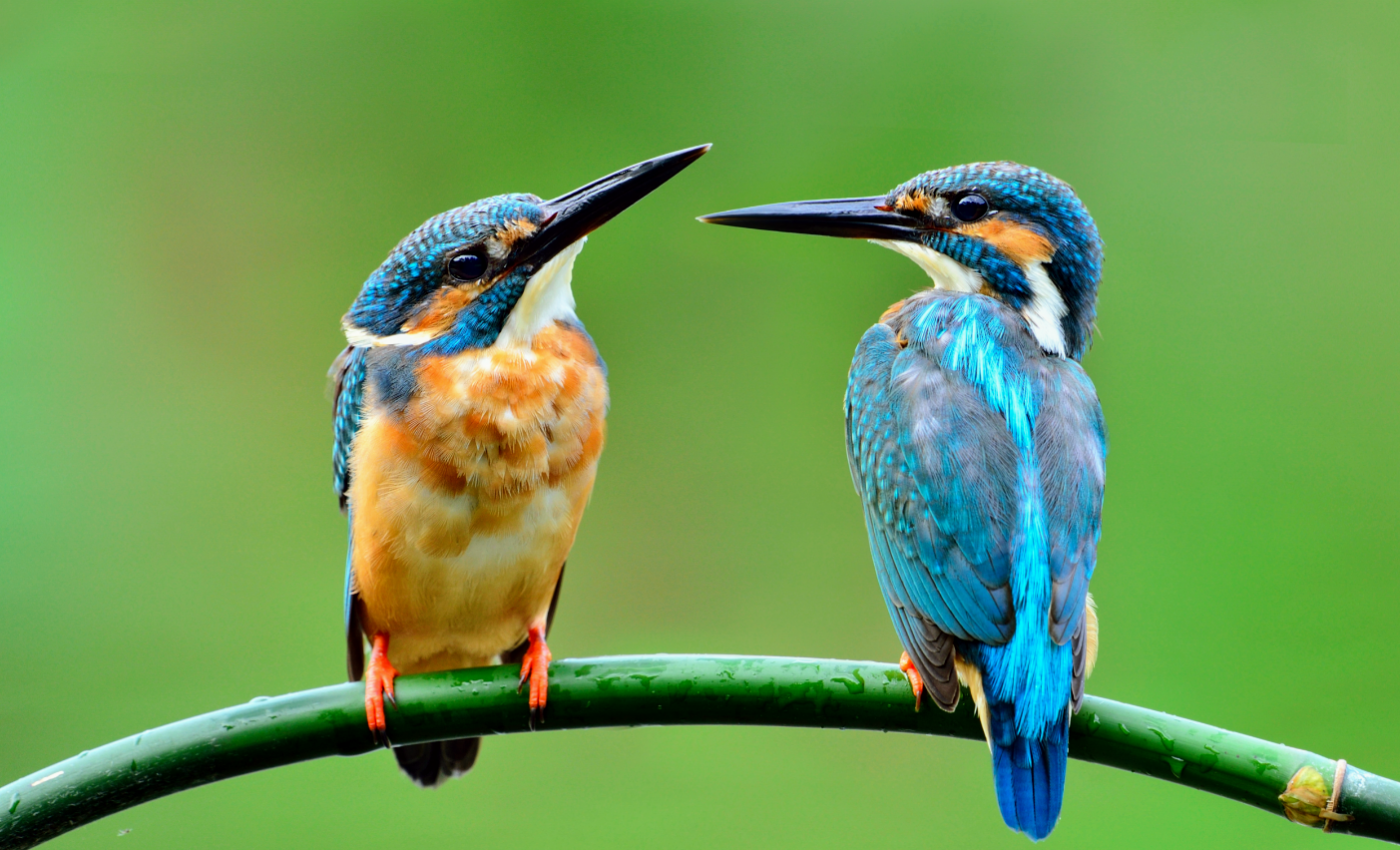
Physical changes in birds linked to global warming
Over the past 70 years, researchers at Tel Aviv University have observed changes in the morphology of birds. These physical changes are considered a response to climate change.
Results of the study showed two different types of changes: birds either decreased in body mass, or increased in body length. These changes are likely to be physical strategies to facilitate heat loss to the environment.
In the 19th century, a theory called the Bergmann’s rule was formulated. The theory suggests that birds and mammals that live in cold climates are larger than those who live in warmer climates. This is because smaller bodies can permit more heat loss, which is an advantage in warm regions, whereas larger bodies can minimize heat loss, which is ideal in colder climates.
Based on Bergmann’s rule, scientists have predicted that global warming will lead to a reduction in animal size. This excludes birds living in the human environment (such as pigeons and house sparrows) which could increase in size due to food availability.
For the study, the research team relied on a bird collection in the Steinhardt Museum of Natural History at University. Approximately 8,000 adult specimens of 106 different species were analyzed. This included migratory birds, resident wild birds and birds that live near humans. A statistical model was used to assess the morphological changes in the birds’ body mass, body length and wing length.
“Our findings revealed a complicated picture. We identified two different types of morphological changes: some species had become lighter – their mass had decreased while their body length remained unchanged; while others had become longer – their body length had increased, while their mass remained unchanged. We think that these are two different strategies for coping with the same problem, namely the rising temperatures,” explained lead researcher Shahar Dubiner.
These findings were observed across the country, regardless of nutrition. A difference was identified, however, between the two strategies. For example, changes in body length were observed more in migrant birds, while changes in body mass were more typical of non-migratory birds. These migratory birds are from all over the world, such as Asia, Europe, and Africa, suggesting a global phenomenon.
“We found that the bodies of more than half of the bird species adapted to changing conditions by becoming either longer or thinner, thereby facilitating heat loss. We are concerned, however, that this flexibility might not suffice as temperatures continue to rise,” said the study authors.
The research team still has many unanswered questions about this phenomenon.
“Should we be concerned? Is this a problem, or rather an encouraging ability to adapt to a changing environment? Such morphological changes over a few decades probably do not represent an evolutionary adaptation, but rather certain phenotypic flexibility exhibited by the birds,” said Dubiner.
“We are concerned that over such a short period of time, there is a limit to the flexibility or evolutionary potential of these traits, and the birds might run out of effective solutions as temperatures continue to rise.”
The paper was published in the scientific journal Global Ecology and Biogeography.
—
By Katherine Bucko, Earth.com Staff Writer













